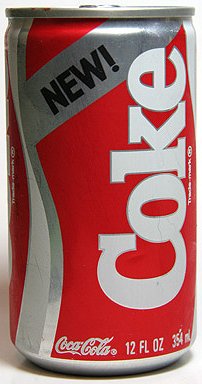Ripleys has an interesting story out of Ghana about so-called “fantasy coffins” which are made to reflect the lives of the deceased who are laid to rest in them. These symbolic coffins are used by a tribe in Ghana called the Ga people (Ga-Adangbe), who believe that their loved ones continue into the next world when they die. They also believe that their ancestors can have a positive influence on them from the afterlife. Therefore, making sure a loved one moves onto the afterlife in style will hopefully make the deceased more sympathetic towards them.
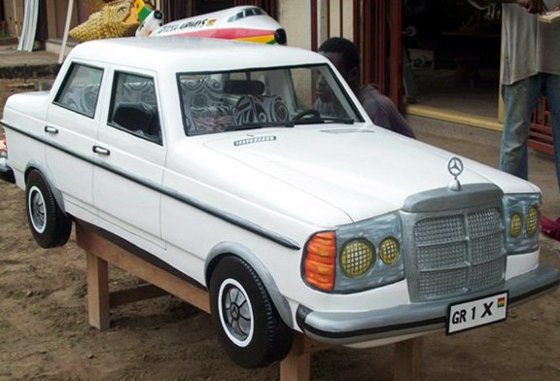
Mercedes Fantasy Coffin
Fantasy coffins are usually made up to reflect the kind of life or profession that the dead person had. For example, a restaurant owner might be laid to rest in a coffin shaped like a chili pepper, a taxi driver may be buried in a coffin shaped like an automobile, or a farmer might be buried in a coffin looking like a rooster. Certain coffins made to look like animals (like lions) can reflect that the occupant was a powerful chieftain. A coffin shaped like a sword or chair can mean that the deceased was a priest or royal.
Ripley’s Fantasy Coffins (Vimeo)
Fantasy coffins of the Ga people have been in use since the 50s. Pioneers of these detailed, symbolic pieces of functional art include Paa Joe and Seth Kane Kwei. Kwei established the Kane Kwei Carpentry Workshop and is considered the inventor of fantasy coffins, also known as Abebuu adekai (“boxes with proverbs”). Recent fantasy coffin artists include Kudjoe Affutu and Eric Adjetey Anang. Prices of a fantasy coffin can go from $400 to $600, which is a whole year’s income in Ghana.
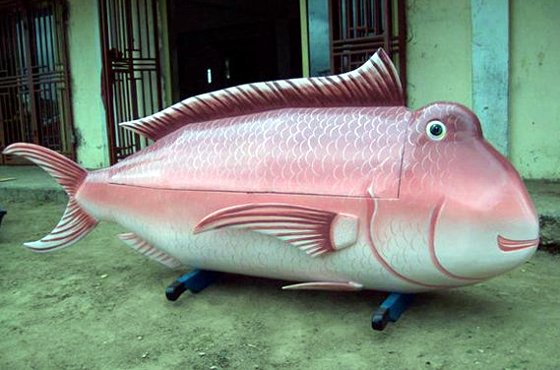
Fish Coffin by Paa Joe
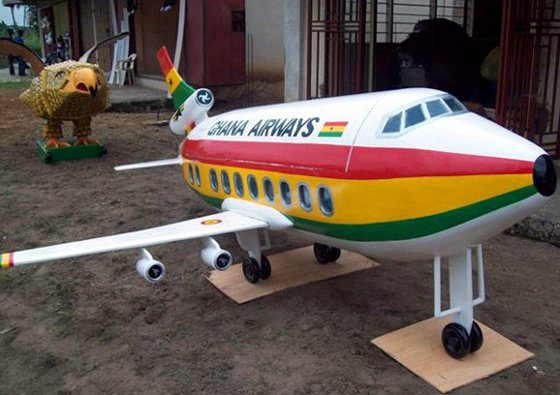
Fantasy Coffin - Ghana Airways
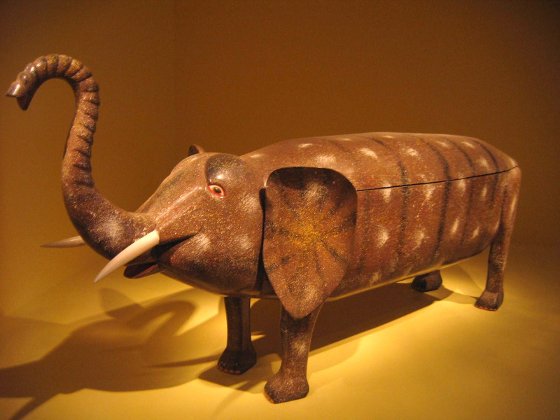
Elephant Coffin by Paa Joe
More Fantasy Coffins (click thumbnails for larger versions):
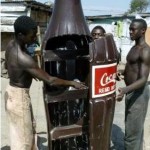

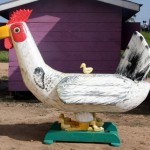
Sources for this article also include Wikipedia. More information at the Kane Kwei Workshop.

